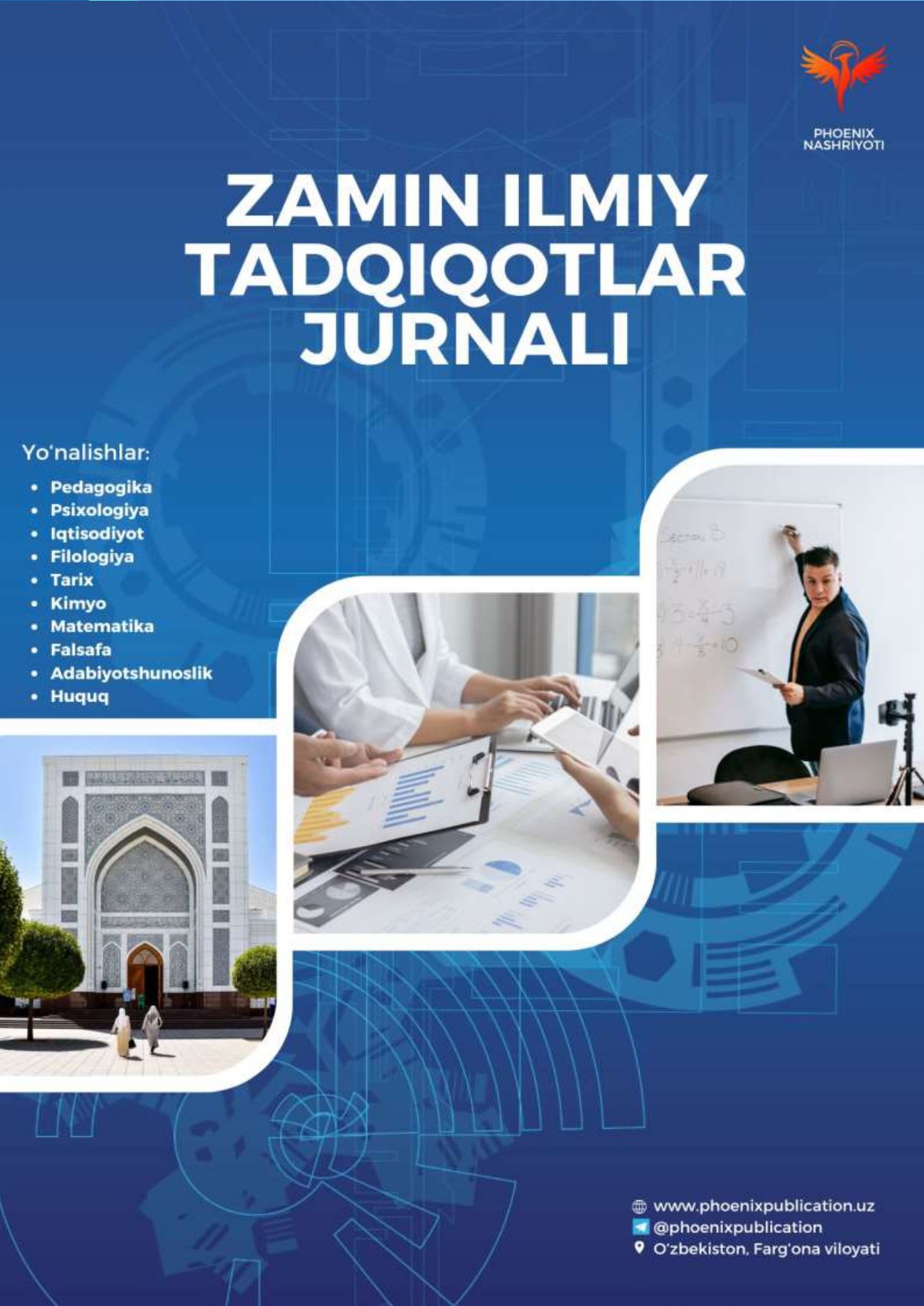Abstract
This paper investigates how AI-powered speech technologies are not only adapting to human language, but also reshaping the way humans speak. Voice assistants, automated translation tools, and digital transcription services increasingly demand users to conform to machine-friendly speech patterns—simplified syntax, slower pace, and “neutral” accents. The study explores how this pressure creates a new form of “digital accent” that users adopt for smoother interaction with AI systems. Drawing on sociolinguistic theory and user experience research, the article highlights the implications of this trend for linguistic diversity, cultural expression, and identity. It argues that rather than liberating users, speech AI is subtly disciplining them to speak like machines.
References
1. Ackerman, E. (2020). Why voice assistants still struggle to understand accents. IEEE Spectrum.
2. Lippi-Green, R. (2012). English with an Accent: Language, Ideology and Discrimination in the United States. Routledge.
3. Tagliamonte, S. (2016). Making Waves: The Story of Variationist Sociolinguistics. Wiley-Blackwell.
4. Eubanks, V. (2018). Automating Inequality. St. Martin’s Press.
5. Bender, E. M., & Friedman, B. (2018). Data statements for natural language processing. TACL, 6, 587–604.
6. UNESCO. (2022). World Languages Report: Digital Inclusion and Minority Languages. Paris.
7. Noble, S. U. (2018). Algorithms of Oppression: How Search Engines Reinforce Racism. NYU Press.
8. Tatman, R. (2017). Bias in automatic speech recognition. Ethics in NLP Workshop.
9. Mozilla Foundation. (2023). Common Voice Project. https://commonvoice.mozilla.org
10. Crawford, K. (2021). Atlas of AI: Power, Politics, and the Planetary Costs of Artificial Intelligence. Yale University Press.
